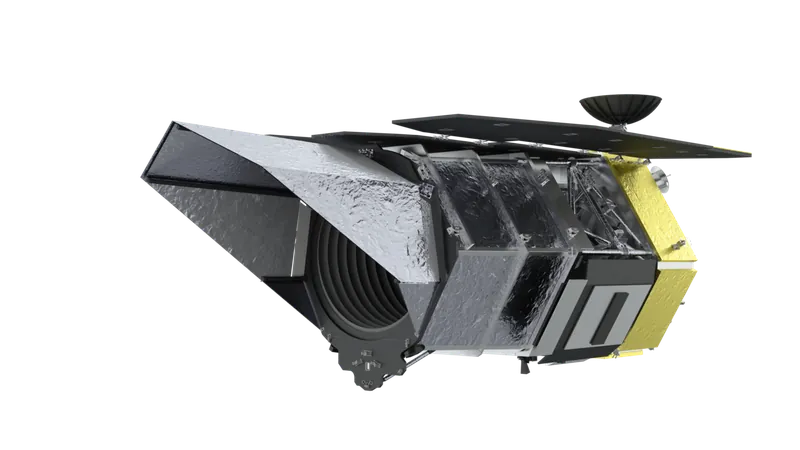
The Roman Space Telescope: Earth's New Defender Against Asteroids!
2025-08-25
Author: Jacques
Introducing the Roman Space Telescope
Get ready for an astronomical game-changer! NASA is set to launch the Nancy Grace Roman Space Telescope in October 2026, and it’s not just about gazing into the cosmos to unlock the mysteries of dark energy and exoplanets. This state-of-the-art observatory is gearing up to become Earth’s latest shield against potentially catastrophic asteroid and comet threats!
Positioning for Protecting Earth
Once deployed, the Roman Space Telescope will settle into a prime location called the Earth-Sun L2 Lagrange point—a stable gravitational spot about 1.5 million kilometers away from Earth, on the opposite side of the Sun. From this remarkable vantage point, Roman will utilize its cutting-edge near-infrared capabilities to focus on Near Earth Objects (NEOs) that orbit dangerously close to our planet.
Revolutionizing Asteroid Tracking
What sets the Roman Space Telescope apart? It’s its extraordinary ability to analyze asteroids and comets in unprecedented detail. While other telescopes might spot these celestial bodies, Roman will accurately measure their size, shape, composition, and precise orbits. This crucial data enables scientists to differentiate between harmless rocks and potential threats to our world.
A Team Effort in Asteroid Detection
However, Roman won’t be working solo! It will collaborate with two heavyweight asteroid-hunting missions: the Vera C. Rubin Observatory, actively searching the skies from Chile, and the upcoming NEO Surveyor mission. Together, they will form a robust planetary defense network that spans the electromagnetic spectrum.
Unmatched Strengths for a Common Goal
Each telescope boasts its own unique strengths. The Vera C. Rubin Observatory excels at discovering new objects in vast expanses of the sky, while the NEO Surveyor will use thermal imaging to spot even the faintest asteroids, including those as small as 20 meters. Roman’s high-resolution observations will provide the essential details needed for a comprehensive understanding of these celestial objects.
Precision Tracking for a Safer Future
One of Roman’s most vital contributions? It will significantly enhance our knowledge of asteroid orbits, improving trajectory measurements by two to three orders of magnitude! This means predictions about an asteroid’s future positions will be thousands of times more accurate—critical information for assessing whether an asteroid discovered today might threaten us decades later.
Unlocking the Mysteries of Asteroids
Roman will also closely coordinate with NEO Surveyor to provide precise size and brightness metrics for asteroids. By capturing observations across different infrared wavelengths, they can determine crucial factors such as an asteroid's size and surface reflectivity, essential for evaluating potential impact damage.
Understanding Composition and Value
Perhaps the most exciting aspect of Roman’s mission is its ability to reveal the composition and spectral types of even the tiniest NEOs. Knowing whether they are rocky, metallic, or icy opens new avenues for assessing both their potential threat level and their value as resources for future space exploration.
Facing New Challenges Ahead
To realize these ambitious goals, NASA must develop innovative data processing techniques to handle images of fast-moving objects. Unlike stationary galaxies, asteroids dash across the frame, necessitating specialized software to accurately track and analyze their features.
A Historic Opportunity for Planetary Defense
With the simultaneous launch of these three pioneering missions, we stand on the brink of an unprecedented opportunity for planetary defense. Together, they will pave the way for the most comprehensive catalog of potentially hazardous asteroids ever assembled—crucial knowledge not just for safeguarding Earth from impacts, but also for exploring the remnants of our Solar System's formation.
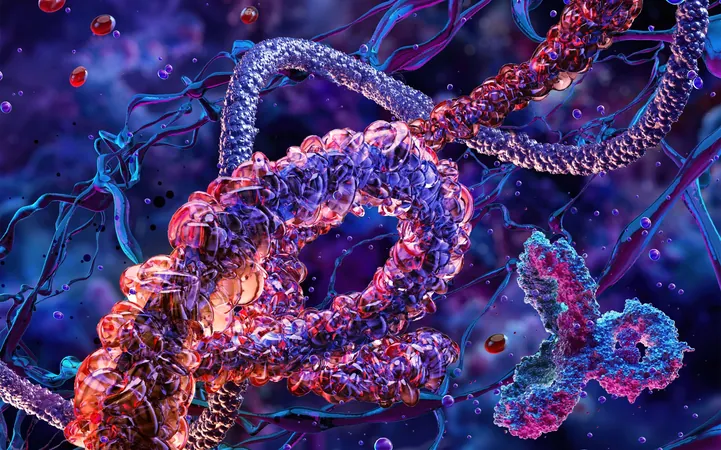
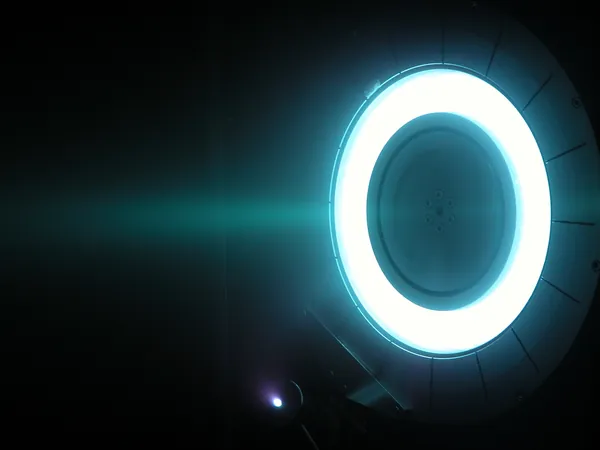

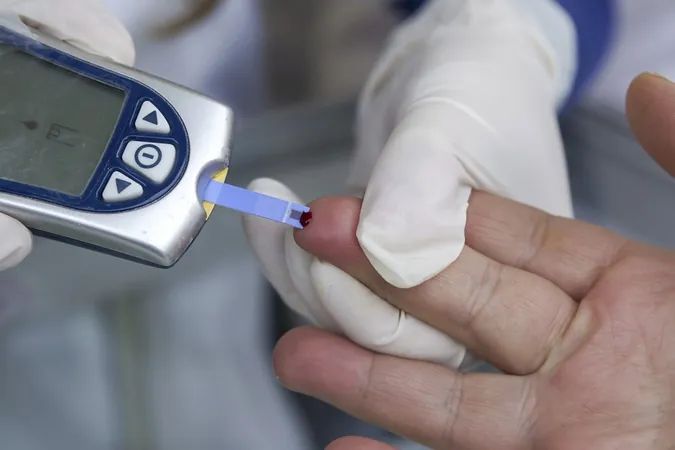
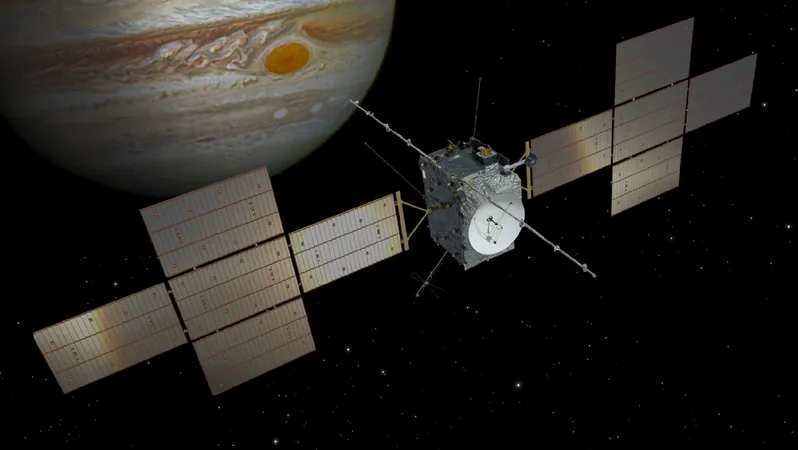


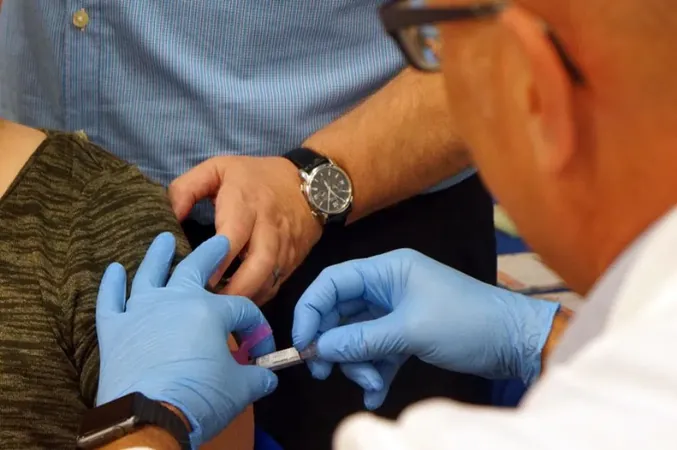

 Brasil (PT)
Brasil (PT)
 Canada (EN)
Canada (EN)
 Chile (ES)
Chile (ES)
 Česko (CS)
Česko (CS)
 대한민국 (KO)
대한민국 (KO)
 España (ES)
España (ES)
 France (FR)
France (FR)
 Hong Kong (EN)
Hong Kong (EN)
 Italia (IT)
Italia (IT)
 日本 (JA)
日本 (JA)
 Magyarország (HU)
Magyarország (HU)
 Norge (NO)
Norge (NO)
 Polska (PL)
Polska (PL)
 Schweiz (DE)
Schweiz (DE)
 Singapore (EN)
Singapore (EN)
 Sverige (SV)
Sverige (SV)
 Suomi (FI)
Suomi (FI)
 Türkiye (TR)
Türkiye (TR)
 الإمارات العربية المتحدة (AR)
الإمارات العربية المتحدة (AR)